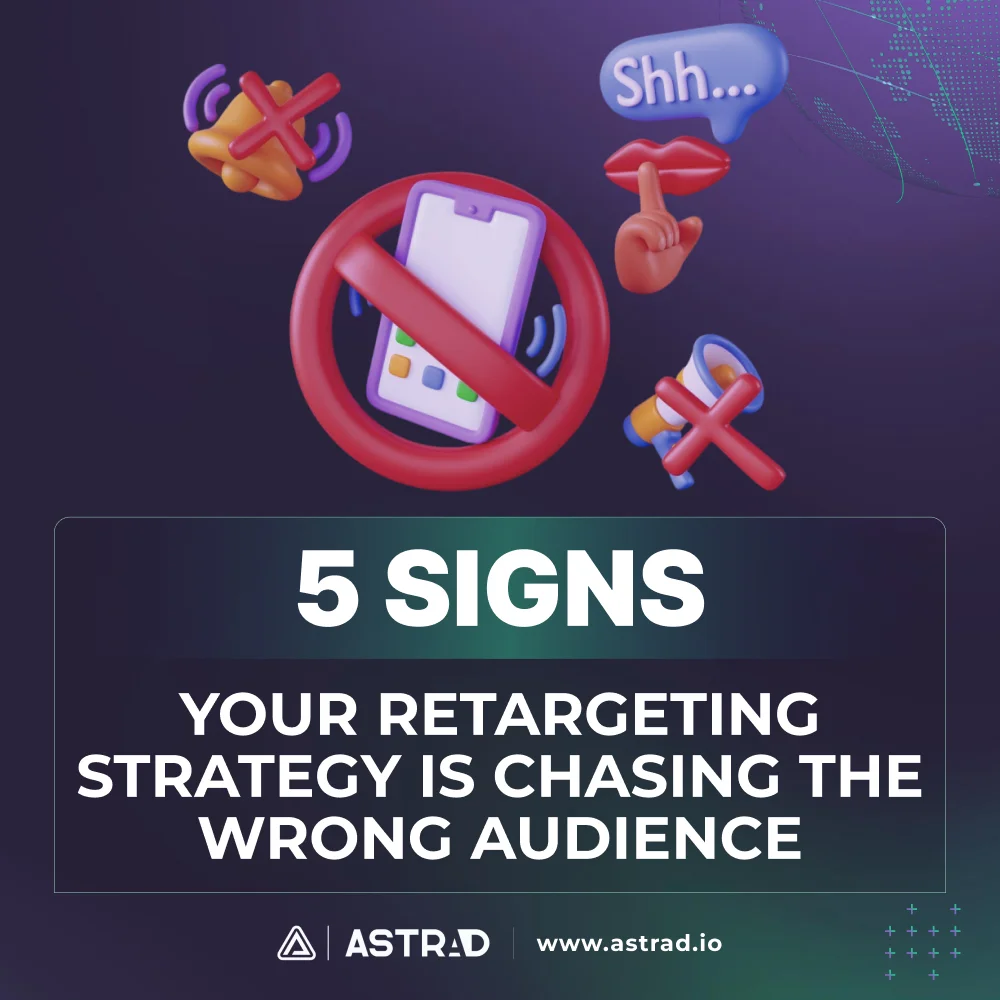Here’s the truth: your customers are probably browsing your competitor’s website right now. In a world where switching brands is as easy as clearing your browser history, customer loyalty has become as rare as finding a parking spot at the mall during Black Friday.
But brand loyalty isn’t dead—it’s just gotten smarter and more selective. Apple fans still camp out for new releases, and Starbucks addicts will walk past cheaper coffee shops without blinking. These aren’t accidents; they’re proof that emotional connections still trump rational decision-making.
The stakes are simple: while competitors burn cash trying to steal customers, brands with loyal followings are printing money. Loyal customers buy more, complain less, and become walking advertisements for your business.
What Brand Loyalty Really Means (And Why It Matters)
Brand loyalty goes way deeper than repeat purchases—that’s just habit, and habits break the moment someone offers a better deal. Real loyalty happens when customers choose you even when competitors offer more features, lower prices, or flashier marketing.
The math is brutal but beautiful: keeping existing customers costs five times less than finding new ones. Loyal customers also spend more over time and refer others, creating a snowball effect that makes your marketing team look like wizards.
Key Elements That Build Brand Loyalty
Building lasting loyalty requires nailing four essential elements that work together like a well-oiled machine.
- Creating emotional connections means people don’t just buy your product—they buy into your story. Nike doesn’t sell shoes; they sell the feeling that you can achieve anything. This emotional layer transforms price-conscious shoppers into devoted fans.
- Consistency across every touchpoint ensures your brand personality stays the same whether customers find you on Instagram, in-store, or calling customer service. Mixed messages kill trust faster than a bad Yelp review.
- Delivering experiences worth remembering isn’t about perfection—it’s about making every interaction feel personal and valuable. Small gestures often matter more than grand promises.
- Rewarding loyalty meaningfully goes beyond basic points programs. Smart brands make customers feel genuinely appreciated, not just bribed to stick around.
How to Build Brand Loyalty That Lasts
Creating loyalty requires understanding your customers at a deeper level and consistently delivering value that competitors can’t match.
Know Your Customers Like Your Best Friend
Building brand loyalty starts with actually knowing who your customers are and what keeps them up at night. This isn’t about creating fantasy personas based on wishful thinking—it’s about diving into real data and genuine conversations.
Here’s what you need to understand:
- Purchase patterns and timing – When do they buy and why?
- Pain points and frustrations – What problems are they trying to solve?
- Communication preferences – How do they want to hear from you?
- Values and motivations – What matters most to them beyond your product?
- Feedback and suggestions – What would make their experience better?
This intelligence gathering should never stop. Customer preferences shift constantly, and brands that spot these changes first can anticipate needs before customers even realize they have them.
Build Trust Through Radical Transparency
Trust is the foundation of loyalty, and transparency is how you earn it. In an age where consumers can fact-check everything instantly, honesty isn’t just good ethics—it’s smart business.
Transparency means being upfront about your processes, pricing, and policies. It means owning your mistakes and explaining how you’re fixing them. Most importantly, it means setting realistic expectations rather than overpromising and underdelivering.
This doesn’t mean sharing company secrets or airing dirty laundry. It means communicating clearly, honestly, and consistently so customers always know what to expect from you.
Create Communities, Not Just Customers
Modern loyalty isn’t built through transactions—it’s cultivated through ongoing engagement and genuine community building. This is where ways to build brand loyalty get creative and personal.
Smart content marketing educates, entertains, or inspires without constantly selling. Customers want to feel like they’re part of something bigger than a purchase.
Community building takes this further by creating spaces where customers connect with each other and your brand:
- Social media groups where customers share tips and experiences
- User-generated content campaigns that showcase real customer stories
- Exclusive events that make customers feel special and valued
- Expert advice and tutorials that help customers succeed
- Behind-the-scenes content that humanizes your brand
The goal is to make customers feel like they belong to something special, not just buy something useful.
Listen, Learn, and Actually Act
The fastest way to lose loyal customers is to stop listening to them. Successful brands treat customer feedback like treasure, mining it for insights that drive real improvements.
Create multiple feedback channels—surveys, social media, customer service interactions, and review platforms. But more importantly, actually act on what you learn. Customers notice when their suggestions get implemented, and they remember brands that value their input.
Innovation based on feedback doesn’t always mean major overhauls. Sometimes it’s small tweaks that address common frustrations or add features customers have been requesting. The key is showing that customer voices matter and drive real change.
Building Brand Loyalty for the Long Haul
Sustaining loyalty over time requires adapting to change while staying true to what made customers fall in love with you in the first place.
Stay Relevant Without Losing Your Soul
Consumer preferences change faster than social media algorithms, and brands that can’t keep up get left behind. The trick is maintaining your core identity while evolving your approach.
Smart brands stay connected to cultural shifts, technological advances, and changing customer expectations. They experiment with new ideas while keeping what made them successful in the first place.
This means:
- Monitoring cultural trends that affect your industry
- Testing new technologies that could improve customer experience
- Updating your offerings based on changing needs
- Refreshing your messaging without changing your core values
- Learning from competitors without copying them completely
Use Technology to Strengthen Relationships
Technology has transformed how brands can build and maintain customer relationships. The tools available today would seem like magic to marketers from just a decade ago.
Customer relationship management systems can track individual preferences and purchase history, enabling personalized experiences at scale. Mobile apps provide exclusive content and offers, while social media creates direct communication channels.
The goal isn’t using technology for its own sake, but leveraging it to genuinely improve customer experiences. This might mean using AI for better customer service, data for more relevant recommendations, or automation for consistent communication.
Stop Customer Churn Before It Starts
Even loyal customers sometimes wander, and smart brands have systems to win them back before they’re gone for good. This starts with identifying early warning signs—decreased engagement, longer purchase gaps, or negative feedback.
Prevention beats cure when it comes to customer churn:
- Proactively address common issues before they become deal-breakers
- Check in regularly with customers to gauge satisfaction
- Monitor engagement metrics for early warning signs
- Create win-back campaigns for customers showing signs of leaving
- Continuously improve the overall experience based on feedback
When customers do show signs of leaving, quick and thoughtful intervention can often save the relationship through special offers, personalized outreach, or simply addressing whatever caused the problem.
Making Brand Loyalty Your Competitive Advantage
Building and sustaining brand loyalty isn’t about tricks or gimmicks—it’s about fundamentally changing how you think about customer relationships. The brands that thrive view every interaction as a chance to strengthen bonds, not just complete transactions.
The strategies we’ve covered—understanding customers deeply, building trust through transparency, creating engaging communities, and innovating based on feedback—work together to create a comprehensive loyalty-building system. None work in isolation, but combined, they transform one-time buyers into lifelong advocates.
Remember, brand loyalty isn’t a finish line you cross; it’s a relationship you nurture. It requires constant attention, genuine care, and flexibility to grow alongside your customers. In a market where customers have endless options and zero tolerance for mediocrity, loyalty becomes your secret weapon, keeping customers coming back even when competitors throw everything they can at stealing them away.
The brands that master this don’t just survive competitive markets—they own them.






